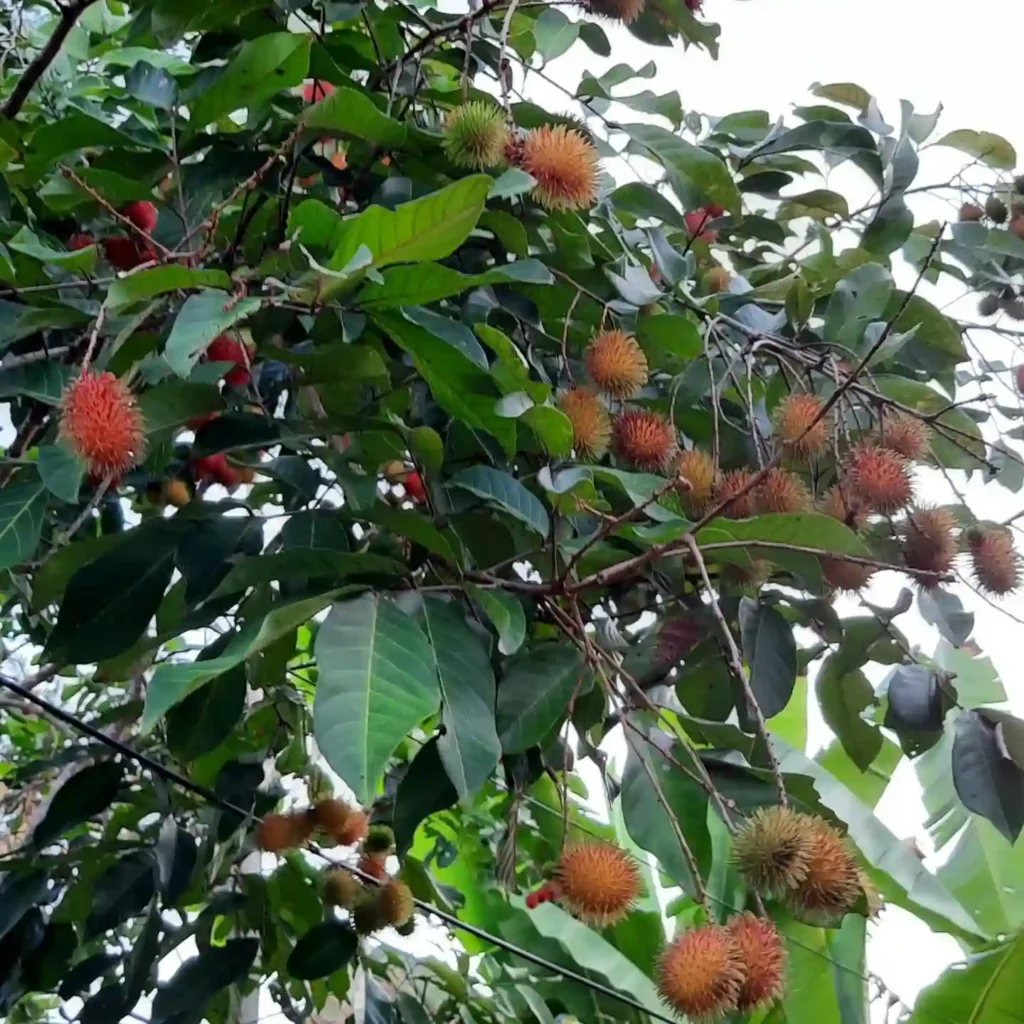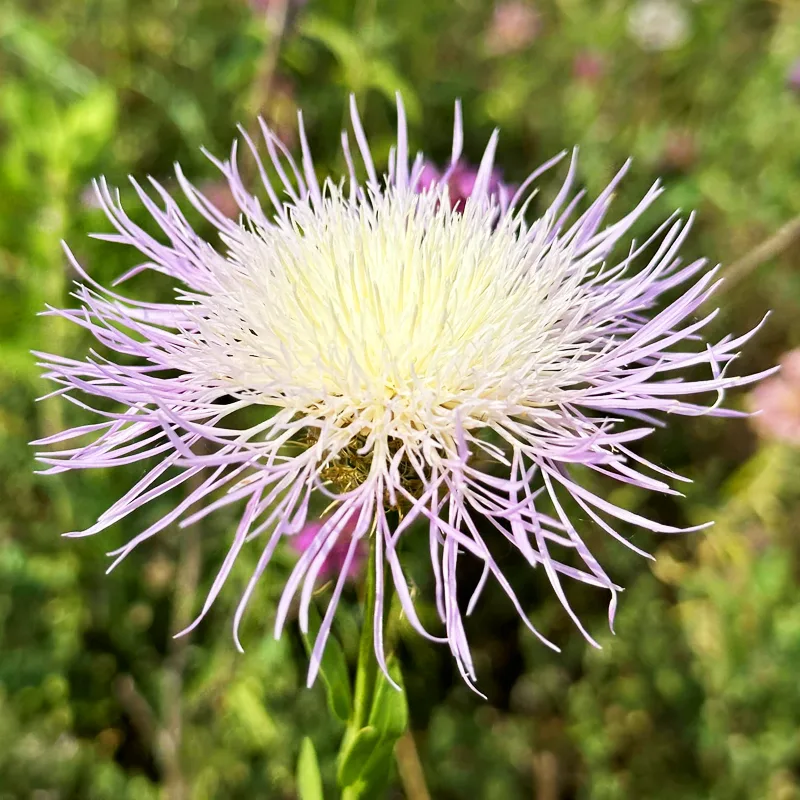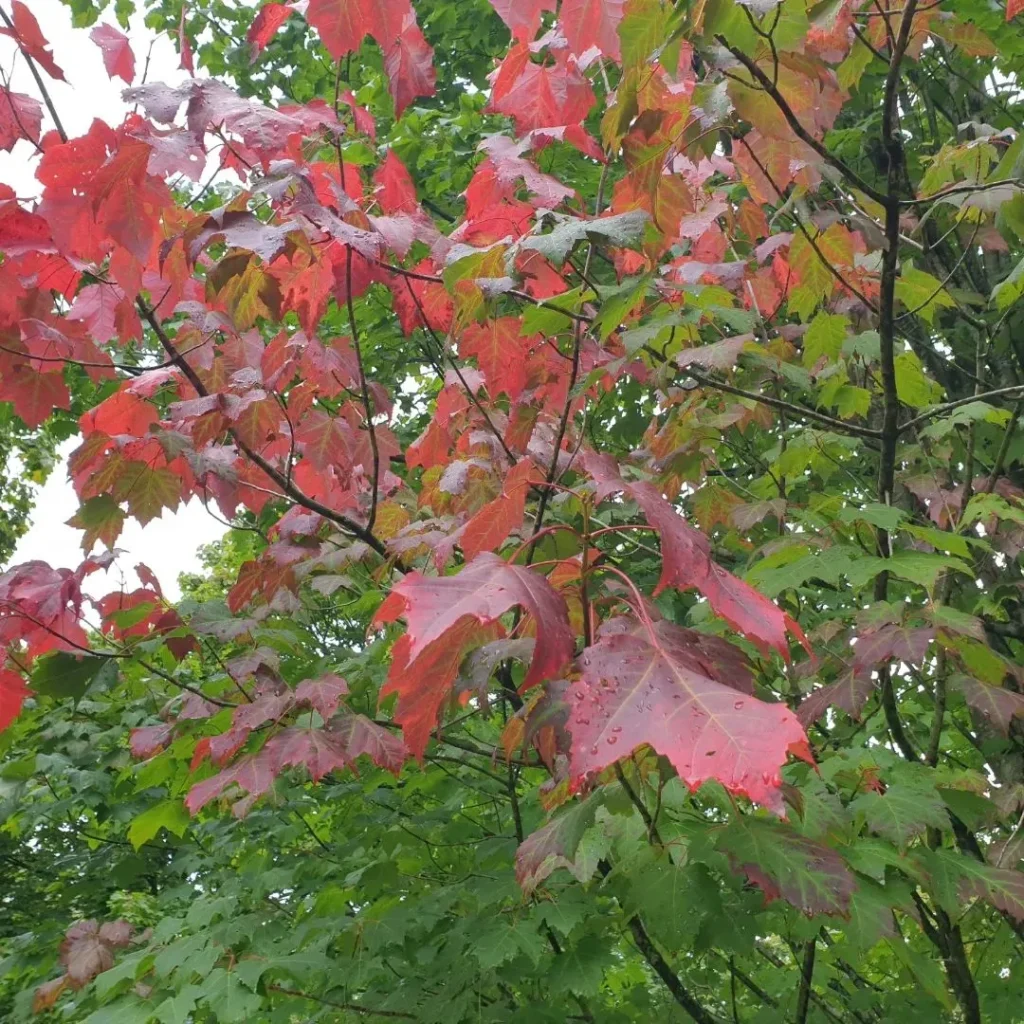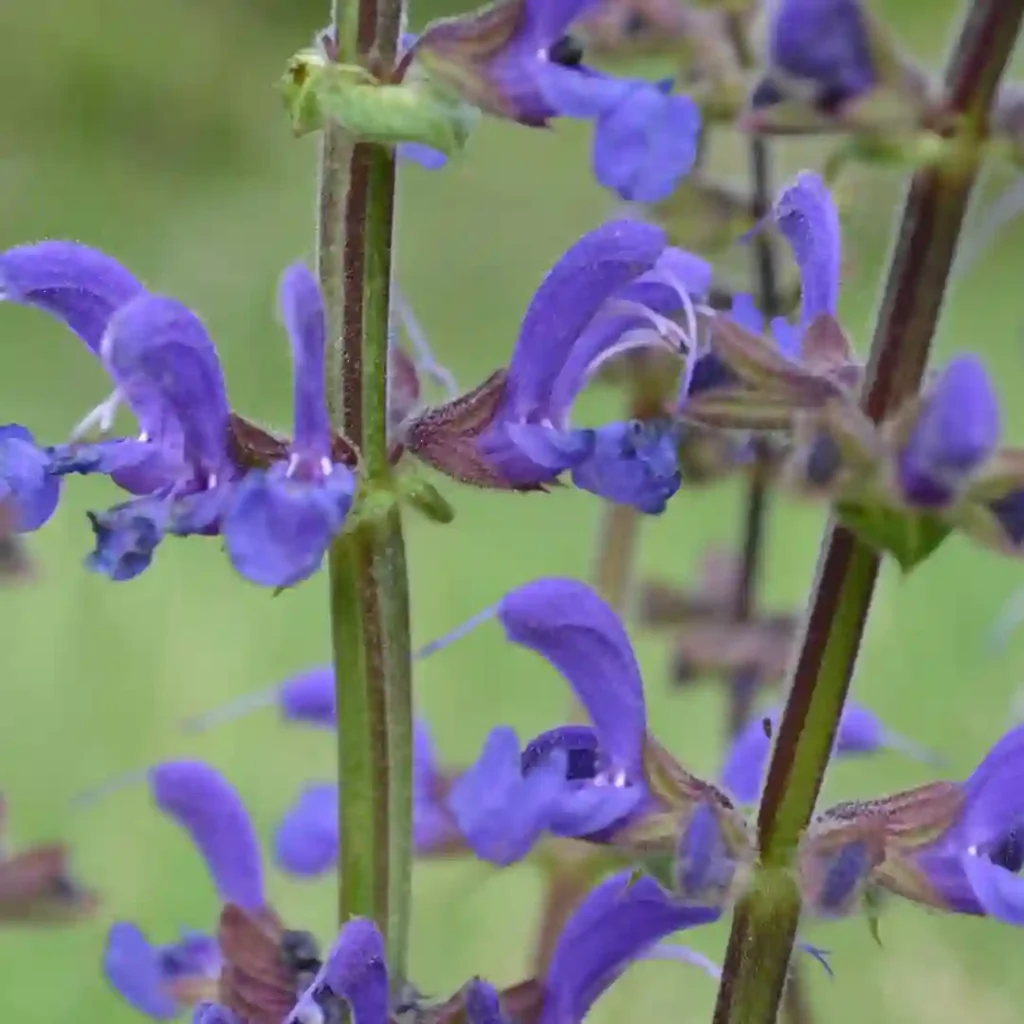
Arbutus Marina vs Unedo
I find Arbutus Marina captivating with its year-round glossy foliage and delicate bell-shaped flowers that attract birds. Unedo, with its unique strawberry-like fruits, adds a whimsical touch to any garden, though its growth can be slower compared to Marina. Both bring a Mediterranean flair that enhances any landscape with their distinct charms.
14 Species in Genus Arbutus
How to prune Arbutus marina?
Pruning Arbutus marina has been a bit of a learning curve for me, but I found that the best time to do it is in late winter or early spring, before the new growth starts. I usually start by removing any dead or damaged branches, and then I thin out some of the inner branches to improve air circulation. It’s important not to take too much off at once since they can be a bit sensitive. I also shape it lightly to maintain its natural form, which gives it that beautiful, elegant look throughout the year.
Can Arbutus marina take a good amount of shade?
From my experience, Arbutus marina can tolerate a fair amount of shade, but it definitely prefers full sun. In my garden, the ones planted in more shaded areas tend to grow a bit slower and are less dense compared to those basking in full sunlight. They still look healthy, just not as robust. So, while they can manage in shaded spots, they truly thrive when they get plenty of sun.
Does Arbutus marina grow well in San Diego?
Living in San Diego has been fantastic for growing Arbutus marina. The climate here is pretty much ideal for them – they love the mild winters and warm, dry summers. My trees have been growing quite well, with lush foliage and beautiful red bark that stands out in my garden. I’ve noticed that they don’t seem to struggle with the local conditions at all, which is great.
Does Arbutus marina have fruit?
Arbutus marina does produce fruit, and it’s one of my favorite aspects of the tree. The fruit is small, round, and turns a lovely shade of red or orange when it’s ripe. It’s not just ornamental either; birds in my garden seem to enjoy them a lot. The fruit adds an extra layer of interest to the tree, making it a wonderful addition to the garden.
How do Arbutus marina do in large decorative pots?
I’ve experimented with growing Arbutus marina in large decorative pots, and they’ve done surprisingly well. The key is to use a well-draining soil mix and ensure the pot is large enough to accommodate their root system. I water them regularly, but I’m careful not to overdo it since they don’t like soggy conditions. They make a stunning focal point on my patio, and I love how the pots give me the flexibility to move them around.
How fast does Arbutus marina grow?
In terms of growth rate, I’ve found that Arbutus marina grows at a moderate pace. It’s not super fast, but it’s not painfully slow either. In the right conditions, mine have been adding about a foot of growth each year. I think it strikes a nice balance, allowing the tree to develop a strong structure without outgrowing its space too quickly.
How to plant an Arbutus marina?
When planting an Arbutus marina, I’ve found that it’s crucial to choose a spot with good drainage and plenty of sunlight. I dig a hole that’s twice the width of the root ball but not much deeper. After placing the tree in the hole, I backfill with a mix of the native soil and some compost to give it a good start. Watering it well after planting helps settle the soil around the roots.
What plants will grow under Arbutus marina?
Under my Arbutus marina, I’ve had success with a variety of shade-tolerant plants. Some of my favorites are ferns and hostas, which seem to thrive in the dappled light. I’ve also planted some hardy groundcovers like vinca minor and ivy, which create a lush green carpet and complement the tree’s aesthetic. It’s been fun experimenting with different combinations to see what works best.
When to fertilize Arbutus marina?
I typically fertilize my Arbutus marina in early spring, just as the growing season is starting. I use a balanced, slow-release fertilizer to give it a steady supply of nutrients throughout the year. Sometimes, I’ll give it an extra boost in the summer if I notice the growth slowing down a bit. It seems to respond well to this regimen, staying healthy and vibrant.
If i die, water my plants!



